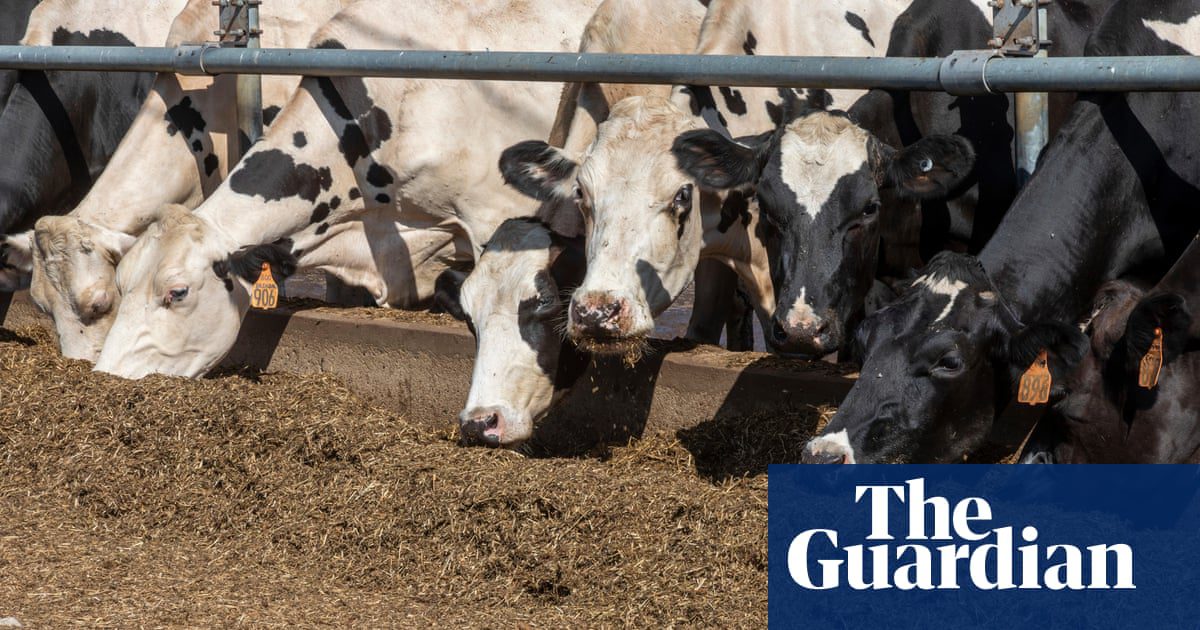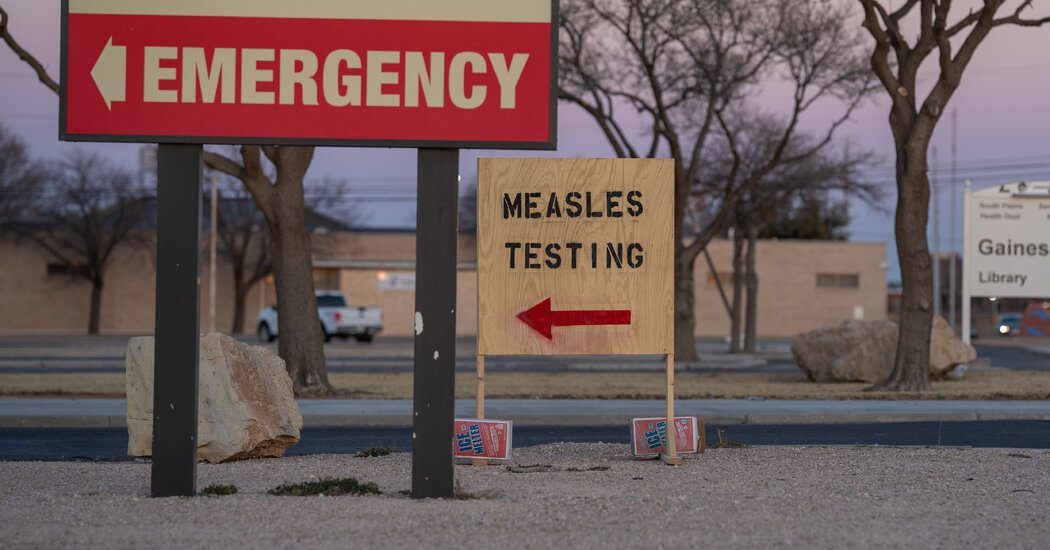
A recently identified strain of H5N1 bird flu has been detected in dairy cattle in both Nevada and Arizona, raising new questions regarding the transmission of the virus and effective strategies for managing the ongoing outbreaks.
This development comes alongside a significant reduction in expert staff at federal agencies, including those addressing the serious avian influenza threat at the U.S. Centers for Disease Control and Prevention (CDC) and the U.S. Department of Agriculture.
These recent spillover incidents are altering experts’ perceptions of how uncommon cross-species introductions to livestock may be, leading to important discussions on preventive measures.
“This is now endemic in cows. There’s no way we can contain this virus without intervention,” noted Seema Lakdawala, an influenza virologist and co-director of the Center for Transmission of Airborne Pathogens at Emory University School of Medicine.
The current outbreak is unlikely to subside without proactive measures and requires vigilant oversight from the Trump administration to mitigate further damage caused by the virus.
However, “our understanding of the virus’s spread remains insufficient,” cautioned infectious disease specialist Boghuma Titanji.
The ongoing proliferation of bird flu coincides with one of the worst flu seasons in over 15 years, reminiscent of the H1N1 pandemic that occurred between 2009 and 2010.
This rise in seasonal influenza cases places significant strain on healthcare systems, complicates the detection of rare strains like H5N1, and elevates the risk of reassortment – a process where simultaneous infections can lead to the emergence of a more virulent variant.
“Flu activity is widespread, heightening the likelihood of reassortment events” Lakdawala explained. The concern is further amplified by the presence of various strains identified in cattle.
Complicating matters, the CDC’s seasonal flu vaccination initiatives were suspended recently, following Health Secretary Robert F. Kennedy Jr.’s controversial call for “informed consent” campaigns instead. Additionally, a crucial meeting involving external vaccine advisors was also postponed.
The U.S. has also ceased communication with the World Health Organization regarding influenza data.
The newly identified spillovers into dairy cattle in Nevada and Arizona were uncovered through a recent bulk milk testing initiative in the country, linked to the D1.1 variant of H5N1 that has become prevalent among North American avian populations. A teenage girl in British Columbia experienced severe illness, and a man in Louisiana tragically succumbed to this variant.
In Nevada, a dairy worker contracted the virus following close contact with infected cows, and genomic analysis identified a mutation known for facilitating transmission among humans.
“Each of these occurrences represents a chance for the virus to adapt further. The fear is that, with enough adaptation, we might see a variant capable of efficiently spreading among humans, dramatically altering the outbreak’s landscape,” Titanji warned.
Lakdawala proposed three theories to explain how bird flu continues to cross into bovine populations.
The first involves a rare scenario in which sick bird fluids come into contact with a cow’s udders—possibly through contaminated milking equipment. This explanation was considered for an earlier spillover detected in Texas last year. However, Lakdawala indicated that occurrences like this are infrequent, making repeated spillovers unlikely.
More commonly, birds perch near feeding troughs, where their droppings may mix with feed. Normally, cows do not transmit the virus to their udders from oral or nasal exposure. However, in certain circumstances—such as when a cow is already unwell—it’s conceivable that bird flu could enter the mammary tissue, Lakdawala theorized.
The third explanation posits that humans might play a role in transmitting the virus from birds or another intermediary species to dairy cattle.
“Bird to human infections are known to occur with greater frequency,” Lakdawala stated. “It’s plausible that an individual handling infected birds or poultry may contract the virus and subsequently transmit it to cows.”
Each of these theories requires further investigation, much of which is currently hindered by funding cuts from the Trump administration.
Studies that were placed on hold in the CDC’s Morbidity and Mortality Weekly Report have recently been released.
Testing on 150 veterinarians revealed that three displayed signs of recent H5N1 infection. Notably, one of the infected veterinarians was in a state with no reported cases among cattle, while two others were unaware of any contact with H5-positive animals, highlighting significant surveillance gaps.
Moreover, a study involving two households in Michigan suggested that dairy workers might have transmitted H5N1 to their pet cats.
Kevin Hassett, the director of the National Economic Council, announced the Trump administration’s new approach on CBS’s Face the Nation, signaling a shift from strictly containing the outbreak.
Officials previously “spent billions just culling chickens surrounding the locations of infected birds,” noted Hassett. This method was utilized because the chances of recovery for infected poultry are low, and prompt actions can help restrict the virus spread among other livestock and their caretakers.
Hassett introduced the idea of implementing “biosecurity and medications” to create a more effective and intelligent perimeter instead, offering little further detail on this strategy.









